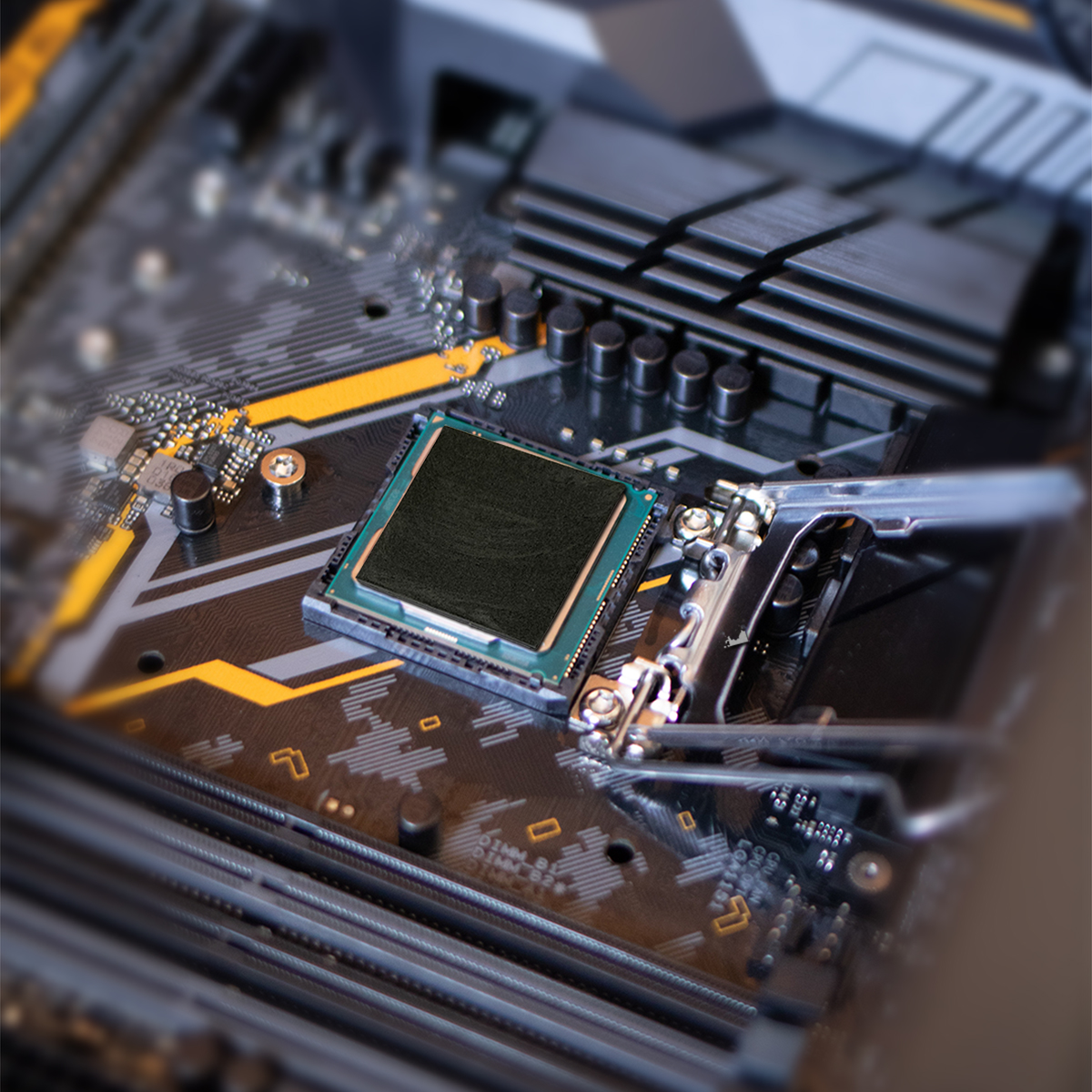NEWS
Carbon Fiber Thermal pad: The Temperature Guardian of Future Technology
In today's ever-changing technology, the high performance and efficient heat dissipation of electronic
equipment has become the focus of attention both inside and outside the industry. In this, a seemingly
insignificant but crucial role - carbon fiber thermal pads, is gradually emerging, with its excellent
thermal conductivity and a wide range of application prospects, leading a new round of technology
boom.

What is Carbon Fiber Thermal pad?
Carbon Fiber Thermal pad, as the name suggests, is the use of carbon fiber as the main material for
the production of thermally conductive gaskets. Carbon fiber is a high-strength, high-modulus, high-
temperature, corrosion-resistant new fiber materials, its thermal conductivity is outstanding. When
carbon fiber is made gaskets, not only retains its original excellent performance, but also through a
specific process, so that the thermal conductivity efficiency has reached a new height.
Unique advantages of Carbon Fiber Thermal pad
Efficient thermal conductivity: the high thermal conductivity of carbon fiber makes the carbon fiber
thermal conductive gasket able to transfer heat vertically in a very short time, effectively avoiding the
overheating phenomenon of the equipment caused by the concentration of heat.
Lightweight and tough: compared with the traditional metal thermal conductive materials, carbon fiber
thermal pads are lighter, but does not affect its strength and toughness, providing a more secure and
reliable heat dissipation for electronic equipment.
High-temperature and corrosion resistance: the high-temperature and corrosion-resistant properties of
carbon fiber make carbon fiber thermal pads can be in a harsh environment for a long time and stable
operation, greatly extending the service life of the equipment.
Prospect of carbon fiber thermal conductive spacer
With the rapid development of 5G, Internet of Things, artificial intelligence and other technologies,
electronic devices have higher and higher requirements for thermal performance. The carbon fiber
thermal conductive spacer is a better choice for this trend. It can not only meet the demand for
efficient heat dissipation of equipment, but also provide more flexible design space for equipment with
its lightweight and strong characteristics.
Carbon fiber thermal pads are gradually becoming a bright star in the field of science and technology
with its excellent performance and wide application prospects. It is not only a powerful assistant for
efficient heat dissipation of electronic equipment, but also an important force to promote the
development of science and technology. I believe that in the future, with the continuous progress of
science and technology and the continuous expansion of applications, carbon fiber thermal pads will
show a broader market prospects and a more brilliant future.


